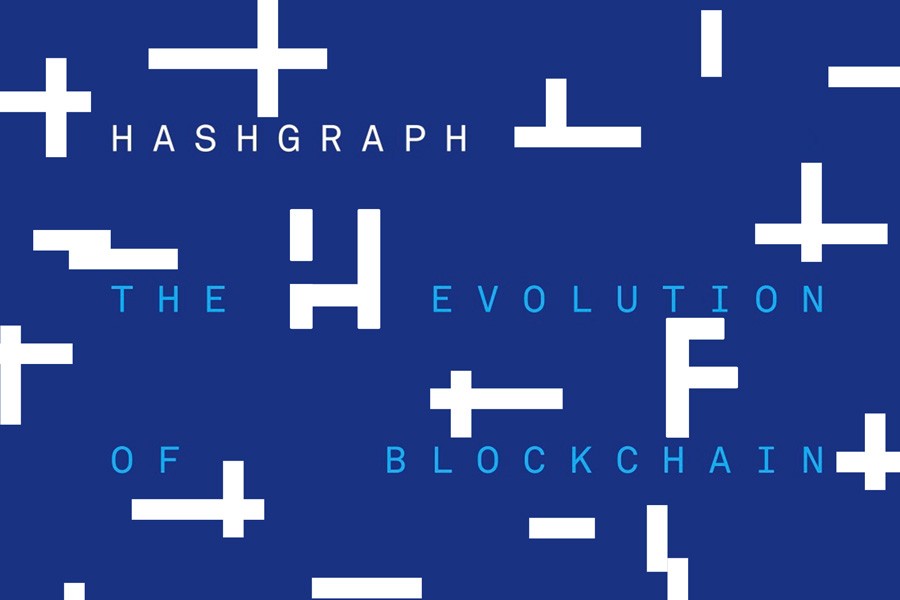To begin with, one first needs to understand what blockchain technology is. The Blockchain is the main technological innovation of the cryptocurrency, Bitcoin. In short, it is a digitised, decentralised, public ledger of all cryptocurrency transactions.
It operates using distributed ledger technology. Information held on a blockchain exists as a shared and continually reconciled database which isn’t stored in any single location. Hosted by millions of computers simultaneously, its data is accessible to anyone on the internet meaning the records it keeps are truly public and easily verifiable. Benefits include a higher degree of transparency and fewer chances of data corruption. It is called a new type of ‘internet’.
Despite its robustness, Blockchain has fallen behind another new algorithm known as ‘Hashgraph’. Swirlds, a software platform, has developed the Hashgraph consensus algorithm. It is an entirely new distributed ledger technology that is much more cost-effective (no proof-of-work), 50,000 times the speed, safer, more efficient and mathematically fairer than the blockchain. It eliminates the need for massive computation and unsustainable energy consumption like those of Bitcoin and Ethereum.
In the blockchain world, a miner can choose the order in which transactions occur in a block, can delay orders by placing them in future blocks, and even stop them entirely from entering the system. The introduction of consensus time stamping through Hashgraph prevents an individual from affecting the consensus order of transactions.
In the blockchain, transactions are put into blocks that form a single, long chain. If two miners create two blocks at the same time, the community will eventually choose one and discard the other. In Hashgraph, every container is used and none are discarded.
Hashgraph is also Byzantine Fault Tolerant. With Byzantine, it's possible to reach a consensus, whereas, in the blockchain world, it is only a probability that increases over time. Conflicts will always occur if no consensus is reached.
However, Hashgraph is a non-permissioned system and without clear evidence of how the technology works and whether or not it can be trusted, it remains doubtful the hashgraph can work in real-life situations.


